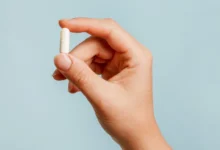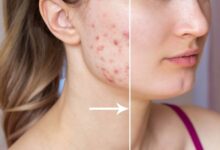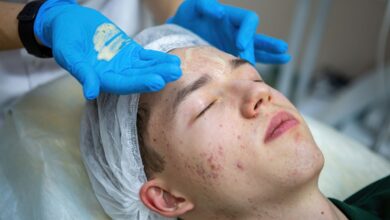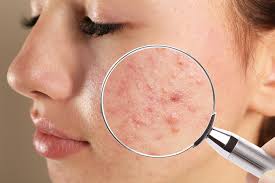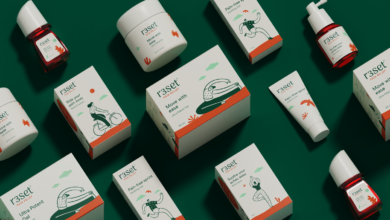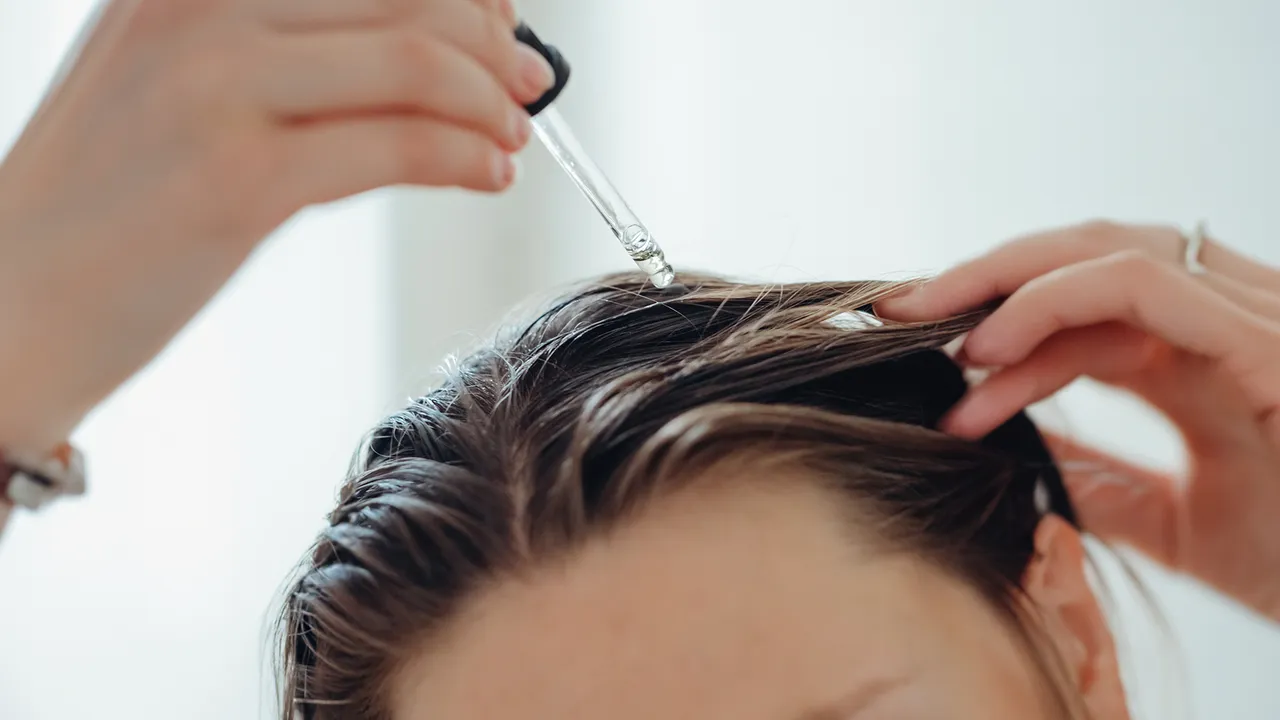
How Long Before Hair Growth Products Show Visible Results: Timeline To Expect
You’ve committed. You’ve added it to your morning routine. You’re applying, massaging, maybe even praying a little. Two weeks later, you squint into the bathroom mirror under optimal lighting… and nothing.
Sound familiar? Welcome to the frustratingly slow—but scientifically grounded—world of hair growth products.
The truth is, even the most effective treatments won’t deliver overnight magic. Hair growth is a biological process with a built-in lag time, and understanding the timeline helps keep your expectations (and motivation) in check.
Table of Contents
Week 1–4: Zero Change… And That’s Normal
Let’s be blunt: the first few weeks can feel discouraging. You’re putting in the work, but visible progress? Not happening yet.
Why? Because the early phase is all about waking up dormant follicles. The active ingredients in most hair growth products (like minoxidil or finasteride) begin by signaling your hair follicles to shift from the “resting” phase (telogen) to the “growth” phase (anagen). But you can’t see that happening—yet.
What you might notice:
- Scalp tingling or dryness (especially with topical formulas)
- A slight increase in hair shedding (yes, that’s actually a good sign—more on that below)
- Absolutely no visible regrowth
Stick with it. The invisible groundwork is being laid.
Month 2–3: The Dreaded Shedding Phase
Here’s the part where many people panic: increased shedding. It feels like the opposite of progress.
But this phenomenon—called “shedding” or “telogen effluvium”—is a sign that old hairs are making room for new growth. Essentially, the weak hairs are falling out so stronger ones can replace them. Yes, it’s annoying. No, it’s not a reason to stop.
Stay consistent. You’re closer to the payoff than you think.
Month 4–5: Subtle, Slow Improvements
By now, the follicles that transitioned into anagen are beginning to produce new hair.
Here’s what to look for:
- Baby hairs around the temples or crown
- Increased hair density (though still sparse)
- Shorter, thinner hairs growing in where there used to be bare patches
It’s subtle. You may have to look closely or take progress photos. But the change is real—and cumulative.
Month 6–9: Noticeable Results Take Shape
This is where things start to feel legit. With consistent use:
- New hair may begin to match the texture and thickness of surrounding strands
- Bald spots may shrink
- Overall density improves
Friends or family might even comment, “Hey, your hair looks fuller.” It’s not just politeness.
At this stage, many users feel confident enough to stick with the regimen long-term—which is key, because results can reverse if you stop.
Month 12 and Beyond: Peak Results
For most hair growth products, full results take 12 months. Some people see their best growth at 9 months, others at 15. It varies depending on:
- The severity of hair loss
- Age and hormone levels
- Genetics
- Whether you’re using topical, oral, or combined treatments
Once you’ve hit your peak, maintenance is everything. Discontinuing treatment usually leads to gradual reversal.
Real Talk: Consistency Beats Speed
If there’s one thing hair growth requires, it’s patience. No product—no matter how well-formulated—can beat biology. Hair takes time to grow, and follicles need repeated signaling to stay active.
Think of it like going to the gym: one workout won’t build muscle, but six months of effort absolutely will.
Final Thought: Track Progress, Not Perfection
Take photos monthly. Celebrate small changes. And remember—slow progress is still progress. If you’re using hair growth products consistently, you’re playing the long game—and your future self (and scalp) will thank you.


